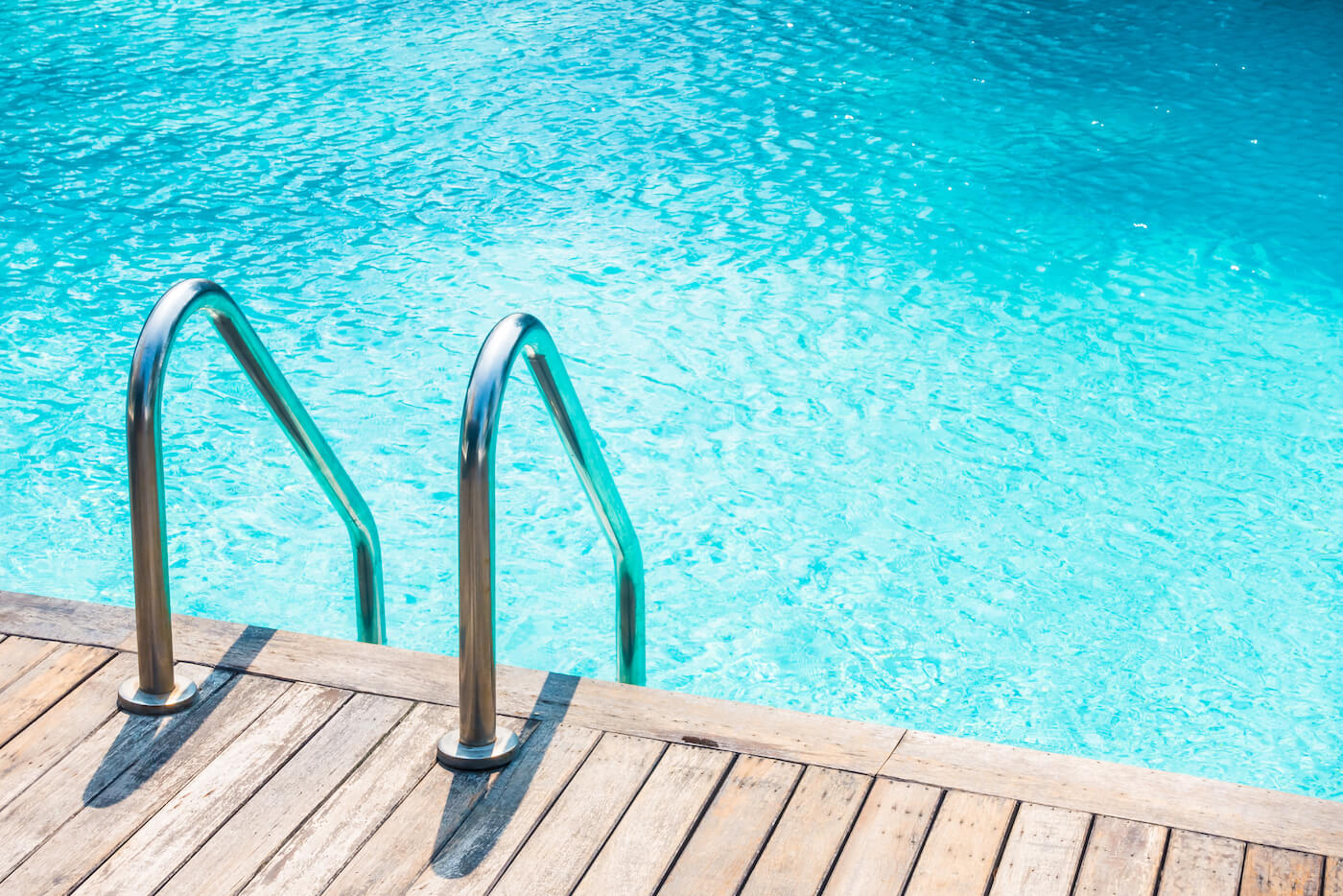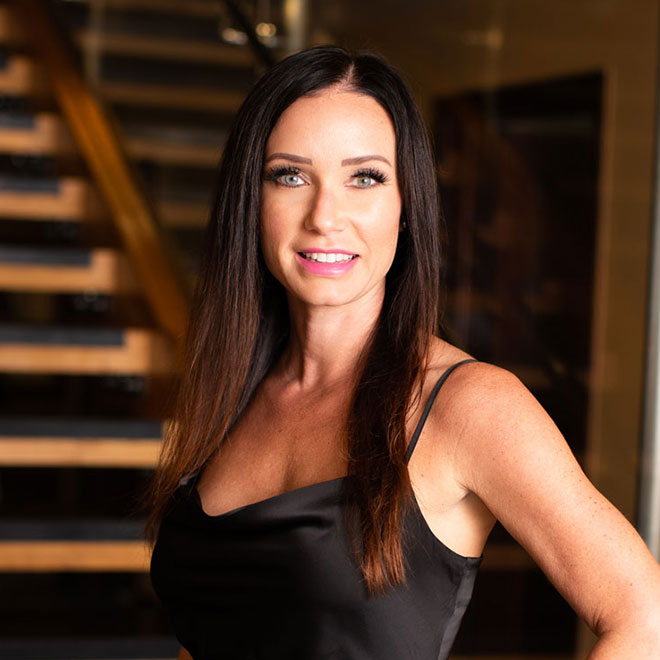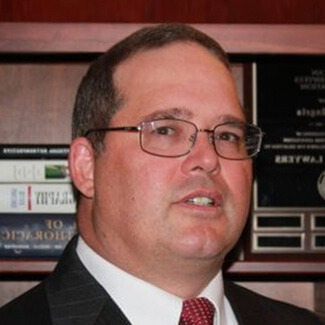Working with McIntyre Law
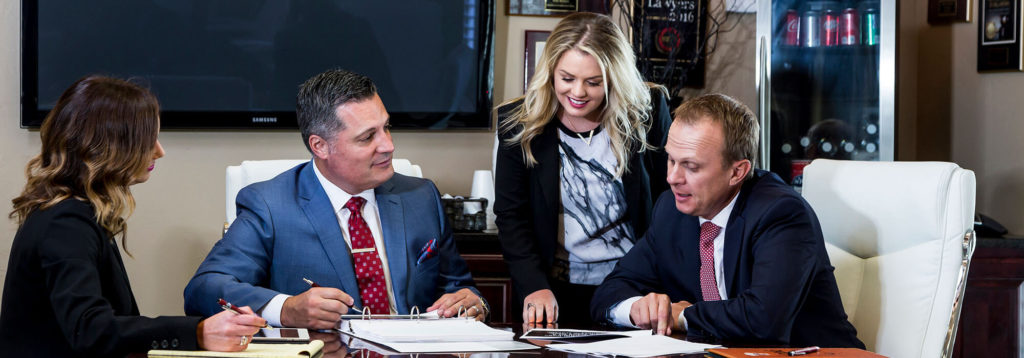
At McIntyre Law, we’re more than just experienced; we have empathy for our clients’ suffering. That’s why we spend time getting to know you and your specific needs. At our law firm, you’re part of the team, which is why we operate on a contingency fee basis.
What is a contingency fee?
When we say we work on a contingency fee basis, that means we’re agreeing to accept a fixed percentage of any monetary rewards from your Oklahoma swimming pool accident lawsuit to cover our legal fees. If there are no rewards from the case, you pay nothing. We only get paid if you do.
Common Causes of Swimming Pool Accidents in Oklahoma
- Failure to maintain self-latching and closing gates that keep young children from entering the pool area. Although all swimming pools in Oklahoma are supposed to be compliant with local building codes, sadly many are not. Swimming pool injuries in Oklahoma are often caused by residential homes without safety fences that are at least 4 feet high and contain a self-closing and self-latching gate. That’s simply inexcusable. Also, some pools with gates have pool furniture so close to the gate that children can use it to climb up and unlatch the gate by themselves. Such easy access often leads to disaster.
- Failure to maintain pool logs as required by Oklahoma law.
- Vacuum drains that don’t have proper covers. The Virginia Graeme Baker Pool and Spa Safety Act, which went into effect in December 2008, requires all public pool owners to install a drain cover that complies with standards set forth by the American National Standards Institute (ANSI) and the American Society of Mechanical Engineers (ASME). In addition, if the pool has a single main drain (other than an unblockable drain), the operator must either disable the drain or install a second anti-entrapment device or system. This can take the form of an automatic shut-off system, gravity drainage system, safety vacuum release system (SVRS), or suction-limiting vent system. Apartment complex owners that fail to meet these new standards open themselves up to liability if a child is injured or drowns in the complex’s pool.
- Lack of safety equipment on hand, such as rescue hooks and ring buoys with throw ropes. Rescue hooks (sometimes called shepherd’s crooks) and safety equipment like throw ropes and buoys are essential life-saving equipment that may be used to rescue swimmers who need help. Failure to have such items available is like a fire truck without a hose. Such equipment is absolutely necessary.
- Lack of flotation safety lines separating the deep and shallow areas of the pool.
- Unclear depth markers that prevent swimmers from knowing what the depth of the pool is. Poorly marked depth zones, unsafe diving boards, and improperly supervised swimming areas can pose a significant risk. Spinal cord injury, nonfatal drowning-induced brain damage, and death are all possible if proper safety measures aren’t followed. Proper signage should be present to notify everyone of the pool depth. If pool depth isn’t noted, a swimmer could severely injure their head or neck. A pool owner may be negligent for failing to post adequate warnings regarding water depth.
- Inattentive and untrained lifeguards. Keeping a close eye on your children in large, crowded pools can be very challenging. As a result, water parks are required to hire and properly train a minimum number of lifeguards and other personnel to keep children safe while using the park’s facilities. When lifeguards aren’t properly trained or the park isn’t adequately staffed, the park can and should be held legally liable.
- Defective pool equipment such as filters and pool pumps that affect water clarity. Water clarity is very important for safety. For a pool to be in compliance with Oklahoma law, you MUST be able to clearly see the drain of the pool in the deepest part. Anyone who’s in need of help at the bottom of the pool needs to be visible to rescuers. When a pool owner allows a pool to become murky over time, it raises the chances of someone drowning.
- Lack of pool ladders that allow easy exit from pools. Swimmers get tired, especially young ones. Many may lack the upper body strength to pull themselves up and out of the water even if they’re able to reach the side. Easily accessible pool ladders are absolutely necessary as a safety precaution.
- A nonworking or nonexistent emergency phone near the pool. Nobody wants an accident to occur. But when one does happen, having a working telephone available to call for emergency services is critical. When a swimmer has been under water, every second counts! It’s negligent to make someone search for a phone so they can call 911.
- Overcrowded pools with too many people in the pool at one time. Even a well-trained lifeguard can only watch so many people at once. An overcrowded pool is a recipe for disaster.
- Defective and inadequate pool lights. Sometimes the swimming party continues after the sun goes down. When that happens, it’s important that the pool have adequate lighting. Failure to have proper lighting can lead to disaster.
Meet Our Oklahoma Swimming Pool Accident Attorneys
If you or a loved one suffered a swimming pool injury in Oklahoma due to the negligence of others, contact us today for a free consultation.
Swimming Pool Safety Facts
The swimming pool statistics below are provided by the Centers for Disease Control and Prevention (CDC):
- A drowning can occur in only 2 inches of water
- Near-drownings can cause severe brain damage, memory problems, and learning disorders.
- Near-drownings can cause death at a later time due to complications of the chemistry in the lungs.
- About 350 children under age 5 drown in pools each year.
- Another 2,600 are treated in hospitals for near-drowning incidents.
- Drowning is the second leading cause of death, after auto accidents, for children under age 5.
- Drowning is the second leading cause of death for all children between ages 1 and 14.
- A majority of drowning accidents occur in backyard pools.
- In 2004, males accounted for 78% of fatal drowning accidents.
- Of all the children under the age of 5, 26% of annual deaths are caused by accidental drowning.
- For those with seizure disorders, drowning is the No. 1 cause of death. Most deaths occur in bathtubs.
- Alcohol is involved in 25% to 50% of teenage and adult fatal drowning accidents.
- Remember to use extreme caution when participating in any type of water recreation, whether you’re swimming laps in your backyard or boating on a lake.
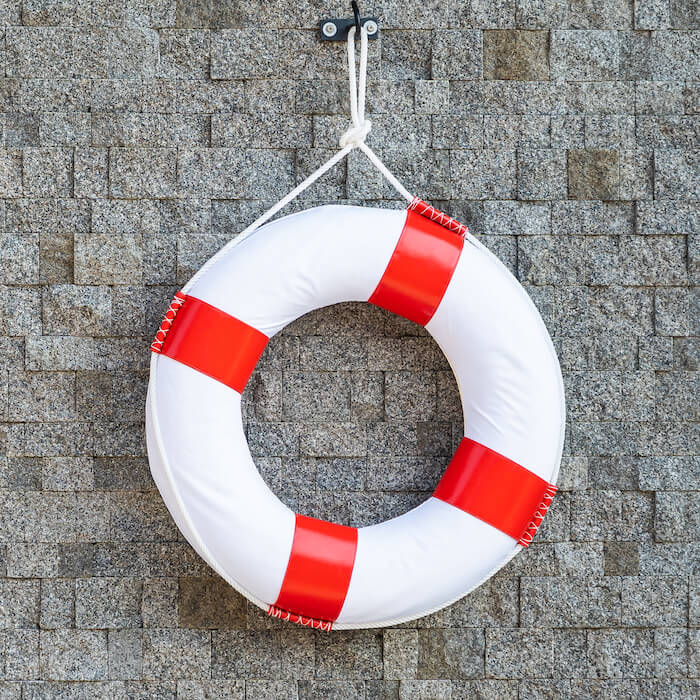
If you or a loved one is the victim of a poolside or other aquatic accident in Oklahoma, it’s important to contact an Oklahoma swimming pool accident lawyer who can help you protect your legal rights. Please keep in mind that you may have a limited amount of time to file your suit. Please don’t hesitate to contact McIntyre Law for the top swimming pool accident attorneys in Oklahoma. We’re here to help.
